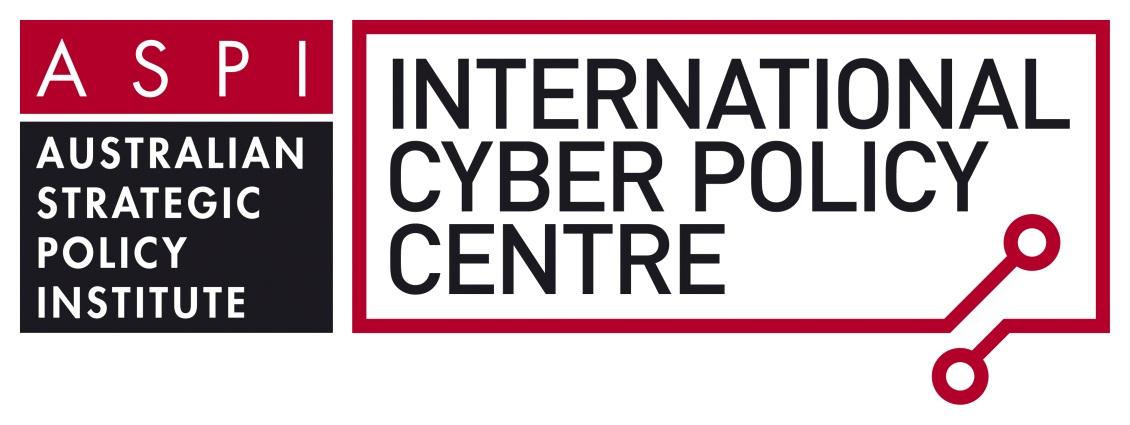 2013 was a significant year in cyberspace, both internationally and closer to home. Whilst the Edward Snowden leaks dominated the headlines, several important agreements and policy achievements were made further away from the glare of the media spotlight.
2013 was a significant year in cyberspace, both internationally and closer to home. Whilst the Edward Snowden leaks dominated the headlines, several important agreements and policy achievements were made further away from the glare of the media spotlight.
Beginning back in January, then Prime Minister Julia Gillard announced the creation of the Australian Cyber Security Centre (ACSC). The centre intends to co-locate government operational cyber security assets from DIO, ASD, ASIO, CERT, AGD, the AFP and the ACC whilst working closely with the private sector. The centre still ‘intends’ to achieve these goals as it’s yet to become operational. This is due to a number of factors, not least of all that its new home, the ASIO building, isn’t ready for occupancy.
February saw the release of President Obama’s Cybersecurity executive order. Revealed just ahead of the 2013 State of the Union address, the order set a timeline for the introduction of a framework for public/private collaboration on critical infrastructure protection. What followed was the creation of a Preliminary Cybersecurity Framework, effectively guaranteeing minimum standards. It’s a plan that the Australian Government could usefully borrow from.
Later that same month, American Cybersecurity firm Mandiant released a report exposing China’s PLA Unit 61398. The Unit, traced to Shanghai in the highly publicised report, has been linked to several advanced persistent threats reaching back to at least 2006. After a few months laying low following the release of the report, the group seems to have resumed its activities. But it’s debatable as to how effectively China manages to process and use this information given the haphazard domestic cyber hierarchy that exists within the country.
April saw an attempt by two of the world’s biggest cyber powers to move beyond finger-pointing and improve cooperation, with the establishment of the US-China Cyber Security Working Group. The first meeting held in July was overshadowed to an extent by the Snowden leaks, but made important inroads. In June another positive agreement was hatched between the US and Russia on the sidelines of the G8 Summit in Northern Ireland. The deal will see Russian and US CERT teams work closer together and the establishment of a ‘cyber hotline’ to aid in the prevention of cyber misunderstandings.
The June UN Group of Governmental Experts decision (PDF) saw landmark consensus on the applicability of the UN charter to cyberspace. The decision was particularly significant given that group of 15 experts included representatives from Russia and China. Australian Deborah Stokes, now Australia’s High Commissioner to PNG, chaired the group and has been widely praised for her efforts in helping the members reach consensus.
The leaking of the existence PRISM and TEMPORA surveillance programs in June by Edward Snowden continues to grab the world’s attention. The disclosure bruised relations between allies and put those with already frosty relations into a deep freeze. While Snowden was exceptionally successful in initiating a discussion on the privacy vs. security debate, should he now ease the damaging torrent of information now he’s successfully made his point?
In September online security firm Symantec released a report detailing the activities of an online ‘hackers-for hire’ group it has dubbed ‘Hidden Lynx’. It described the increasing technical and operational sophistication of high profile attacks seen throughout 2013, including the alleged theft of US weapons systems plans from contractors, including the F-35 Joint Strike Fighter.
On the home front, July saw the release of the National Plan to Combat Cybercrime and the announcement of the Australian Cybercrime Online Reporting System (ACORN). It followed the publication of Australia’s first National Security Strategy in January, which listed cyber as a key national security risk, and the Defence White Paper in May, which named ‘integrated cyber policy and operations’ as a key five year priority.
Finally, in October South Korea played host to the third iteration of the international cyberspace conference process, initiated by the UK Government in 2011. The conference drew together public and private sector cyber experts from over 87 countries to discuss a range of cyber related issues. Julie Bishop became the first Australian Foreign Minister to attend to gathering. The Australian government earned praise throughout the conference for its work domestically and internationally in the cyber realm and should try to build upon this image into the New Year.
Jessica Woodall is an analyst in ASPI’s International Cyber Policy Centre.